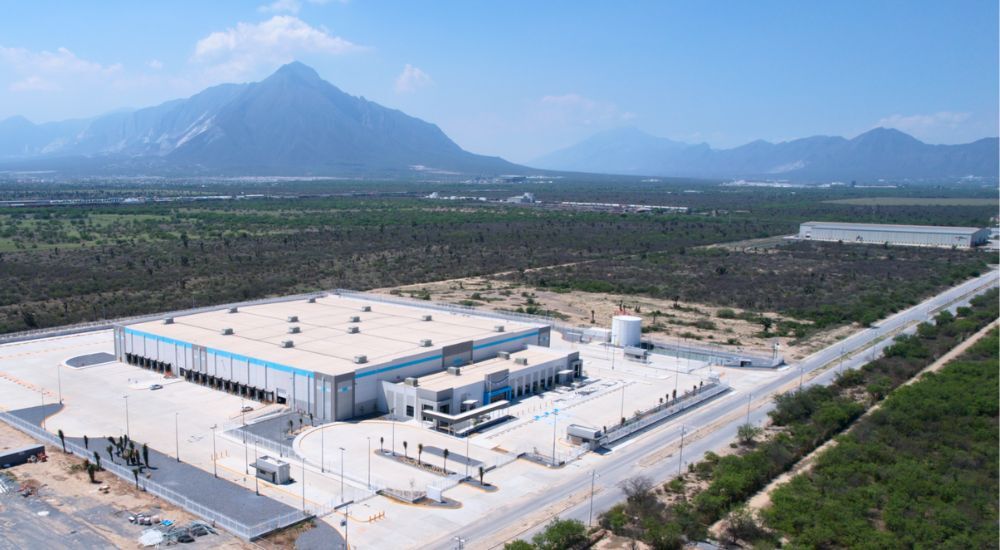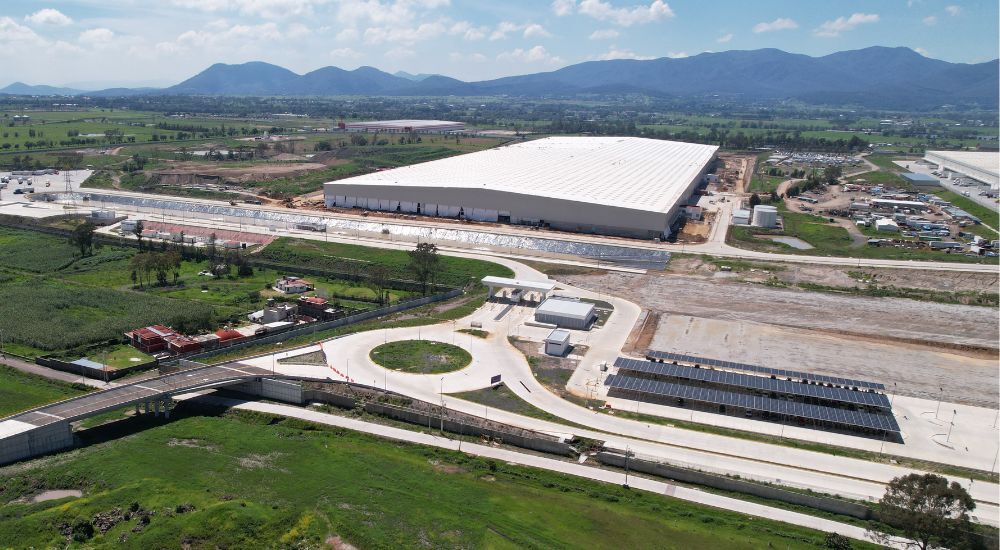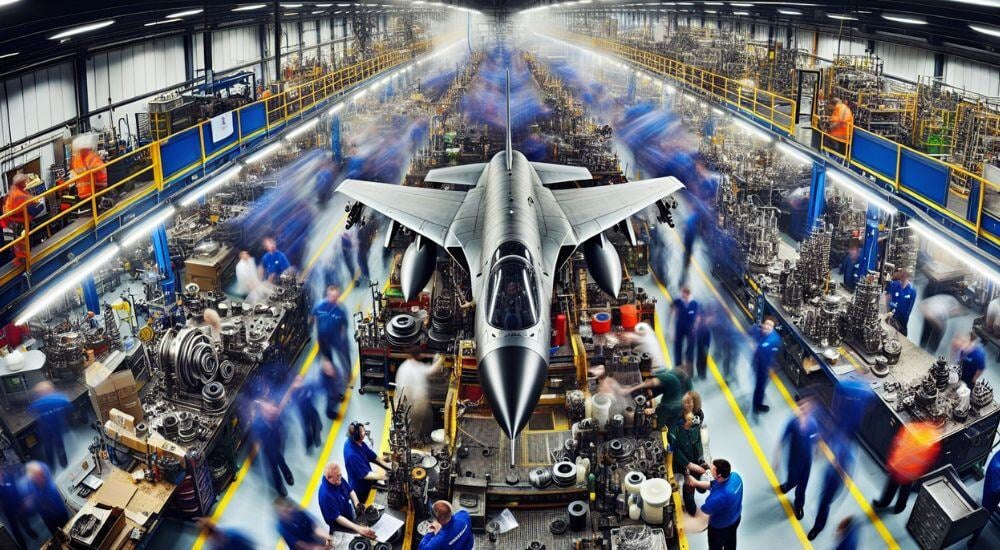7 smart manufacturing trends for industrial parks in Mexico
16/07/2024In a scenario of growth in the US market because of global logistics changes and the relocation of production, smart manufacturing can be a differential factor in sustaining operations of industrial parks in Mexico.
The semiconductor shortage during and after the 2020 pandemic is an example of the challenges faced by the industry: although having closer production centers offers a clear advantage, more advanced technology in manufacturing facilities is necessary.
The semiconductor industry, with projected sales of over US$ 600,000 million dollars in 2024 according to Statista, is just one example of the trends that manufacturers need to adapt to.
McKinsey & Company, which projected a figure of between 1,200 and 3,700 million dollars in global manufacturing industry profits by 2025, estimates that the sector’s average annual growth ranges between 6% and 8%.
On this topic, the supply disruption registered in 2020 led the United States to make decisions to increase local production of components, with plans in which Mexico will participate through a signed alliance between the two countries.
To be a factor in this dynamic shift, Mexican manufacturing is adapting to market trends. Therefore, we review trends related to smart manufacturing, the Internet of Things, and Industry 4.0 that the country and companies should consider.
- 1. Predictive maintenance
- 2. Digital machinery testing
- 3. Wearable technology
- 4. Virtual Reality (VR) and Augmented Reality (AR)
- 5. 5G network
- 6. Human-machine interaction and flexible production
- 7. Edge computing
1. Predictive Maintenance
It goes without saying that the ability to prevent failures in production lines and reduce downtime is extremely valuable for any manufacturing company. That is the promise of predictive maintenance.
To achieve these goals, companies must systematically collect and analyze their data (via industrial IoT analytics) to identify patterns and implement solutions before problems occur.
With this information, manufacturers can optimize maintenance tasks in real time, which translates into two main benefits: uninterrupted operations and extended machinery life.
It is worth mentioning that to increase the efficiency of this model, data must be collected from numerous variables in a factory, which can be laborious considering it requires reviewing machine by machine and retrieving data from previous failures.
But there are success stories like the monitoring software implemented by Grupo Mondi. This is a German manufacturer of paper and packaging products that, with machine learning and neural networks, achieved savings of 50,000 euros per year and continuous, reliable production, even during high-demand periods.
2. Digital Machinery Testing
Just as we discussed the digital twin and its impact on global manufacturing, virtual models can also be applied to functional testing of production equipment.
A digital twin is the virtual replica of a product, service, or process that simulates the behavior of its physical counterpart to monitor it, analyze its reaction to certain situations, and improve its performance and efficiency.
The digital representation of industrial machinery can be fed by a continuous flow of data from the real factory, which will serve to generate design improvements and apply preventive monitoring throughout the equipment’s useful life. This can reduce supervision visits.
The use of digital twin technology is among the recommendations from United States authorities to boost the manufacturing industry after the logistics operations disruptions caused by the 2020 pandemic. In the United States, the percentage of companies using smart manufacturing in various forms or in the process of doing so is approaching 95%, according to Rockwell US.
3. Wearable technology
The refinement of IoT technology has led manufacturers of all sizes to try to incorporate wearables (such as smartwatches) into various processes.
This, combined with the use of advanced biosensors, allows a plant to implement a system for monitoring workers’ health indicators (body temperature, heart rate, blood pressure), data that will enable the creation of wellness programs to reduce healthcare costs.
Other possible industrial applications are accident prevention, situational awareness training (to reinforce safety processes), process and machinery handling training (through virtual reality), as well as personnel authentication.
4. Virtual Reality (VR) and Augmented Reality (AR)
Whether applied to product design and development, machinery operation training and safety training, or equipment maintenance and repair, augmented reality and virtual reality technologies are leveraged throughout the production chain.
Additionally, virtual worlds replicate physical spaces with greater precision and become completely immersive.
Moreover, the costs of VR headsets and “smart glasses” have decreased. Thanks to this, manufacturers can use them to design creative applications that improve productivity, efficiency, and most importantly, worker safety.
5. 5G network
An interconnected smart factory requires robust and flexible data networks. For this, 5G mobile data technology will enable automation tools and IoT environments to interact broadly and freely.
Two characteristics of 5G will make this possible: reduced network latency and real-time communication on an unprecedented scale.
Although network coverage will be gradual, manufacturers can prepare by designing systems that enhance their use of sensors, centralized monitoring, and data flows to the cloud.
6. Human-machine interaction and flexible production
With cobots (collaborative robots) and other automated equipment working together with employees, human-machine interaction in manufacturing plants is surpassing the traditional paradigm of industrial robots used only for repetitive tasks.
In countries like Germany, around 75% of companies have implemented smart manufacturing technology and processes, with nearly 15 million workers involved in advanced manufacturing and approximately 26,000 factories equipped with robots. International Trade Administration of the United States
Additionally, the learning of these intelligent robots (through complex AI and machine learning algorithms) allows for more flexible production lines. The reason is that they can be parameterized with specific products for a few months and then adjusted to manufacture the next product.
This would also allow optimal supply chain management and prevent potential disruptions due to events like natural disasters or pandemics.
7. Edge computing
Unlike passive IoT (which sent data collected by sensors and devices to the cloud), Edge Computing facilitates data processing closer to where it was created.
Thus, the network nodes themselves can analyze this information “almost in real time” (and avoid its passage through data centers far from the plant), so they can feed IoT devices to increase efficiency.
A success example is Amazon, which uses its edge computing and cloud computing capabilities to connect demand directly with production, thus improving response times and reducing costs.
Sustainability, a factor to consider
More and more companies are looking to improve their results while demonstrating to their customers that they implement sustainable practices aligned with global strategies for reducing greenhouse gases and saving energy, which technology can boost along with other aspects of sustainability.
Therefore, in a scenario of manufacturing growth in Mexico amidst changing dynamics in global supply chains, the adoption and compliance with ESG criteria also becomes relevant.
At Frontier Industrial, we support our clients’ growth processes. That's why our portfolio of industrial parks in Mexico offers custom project development and the best infrastructure to host innovative global companies. Discover it.







